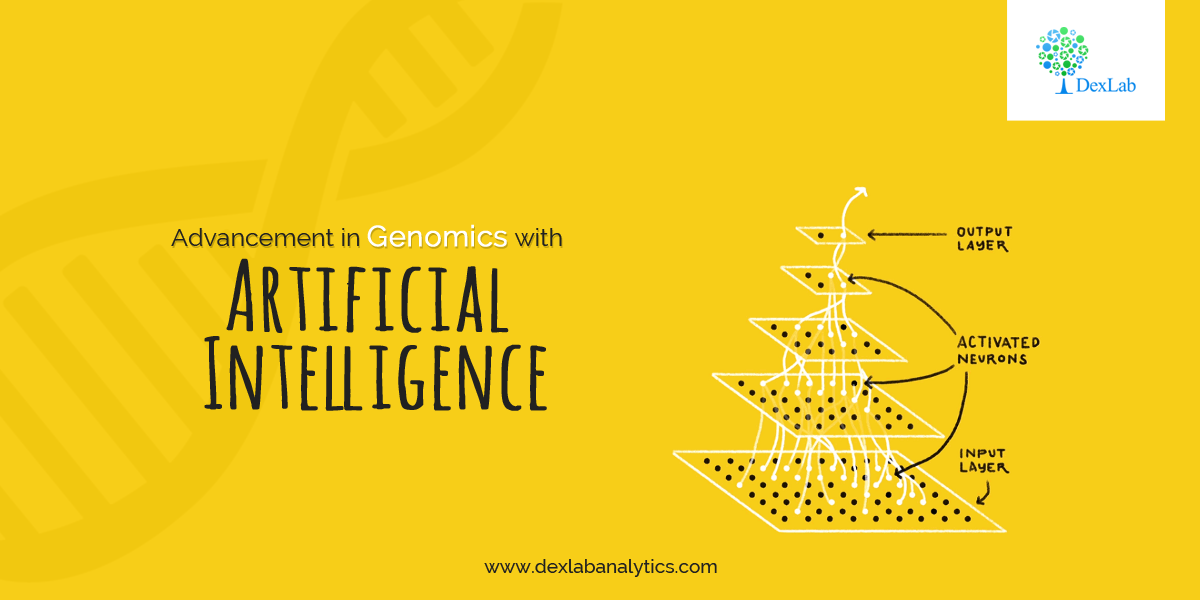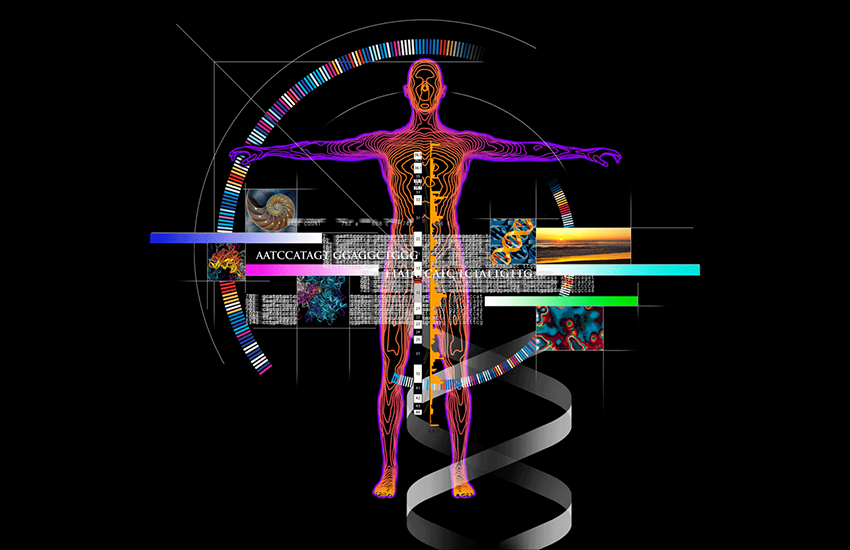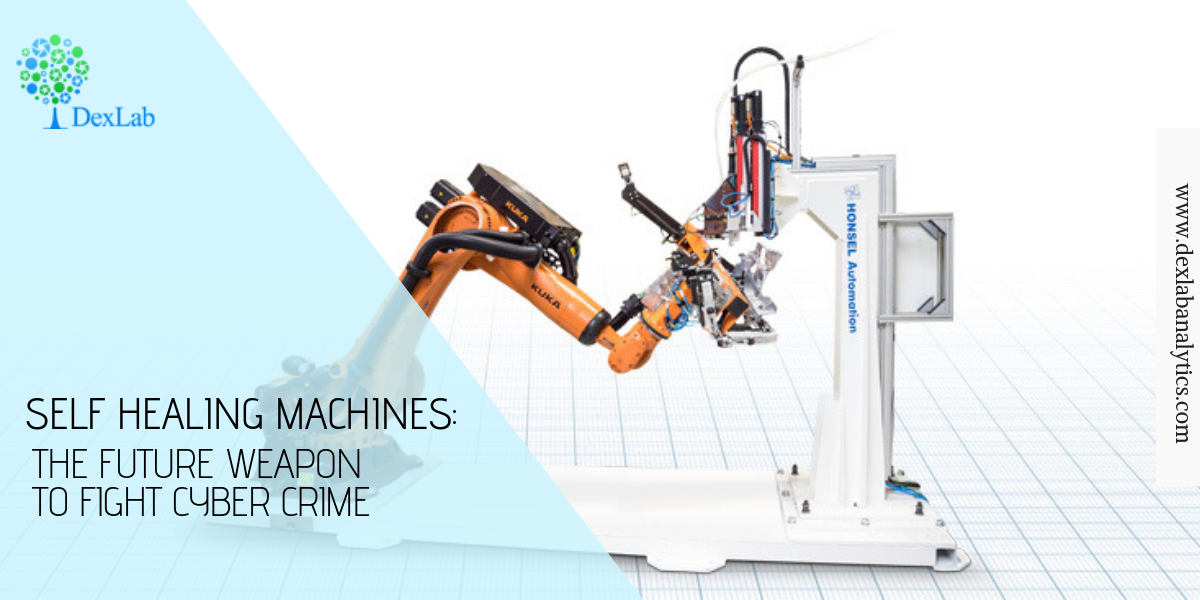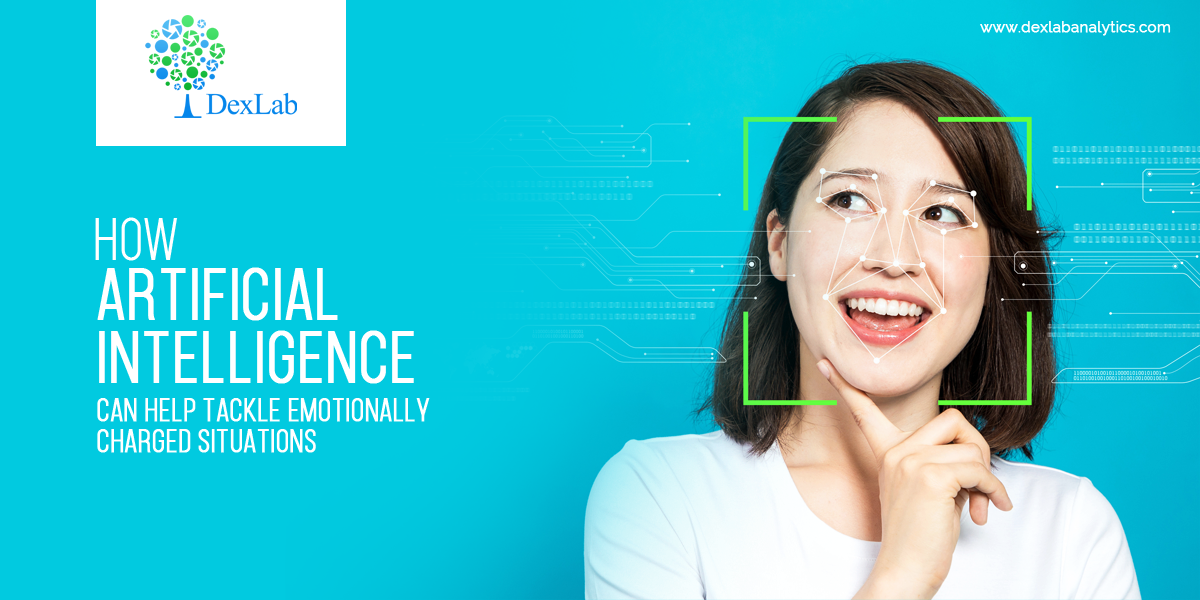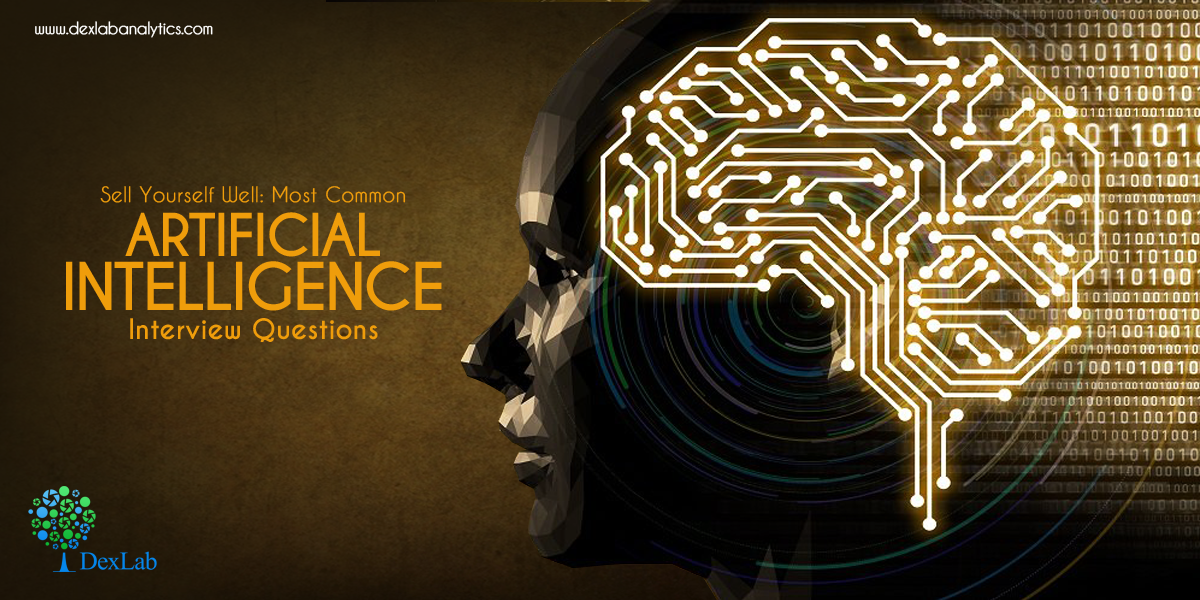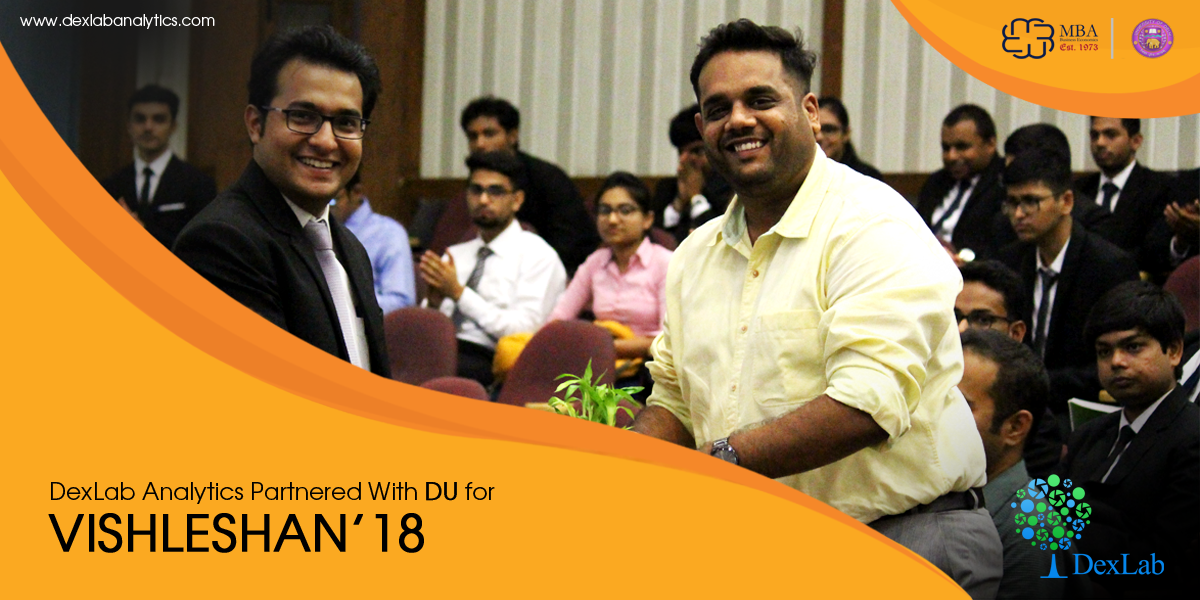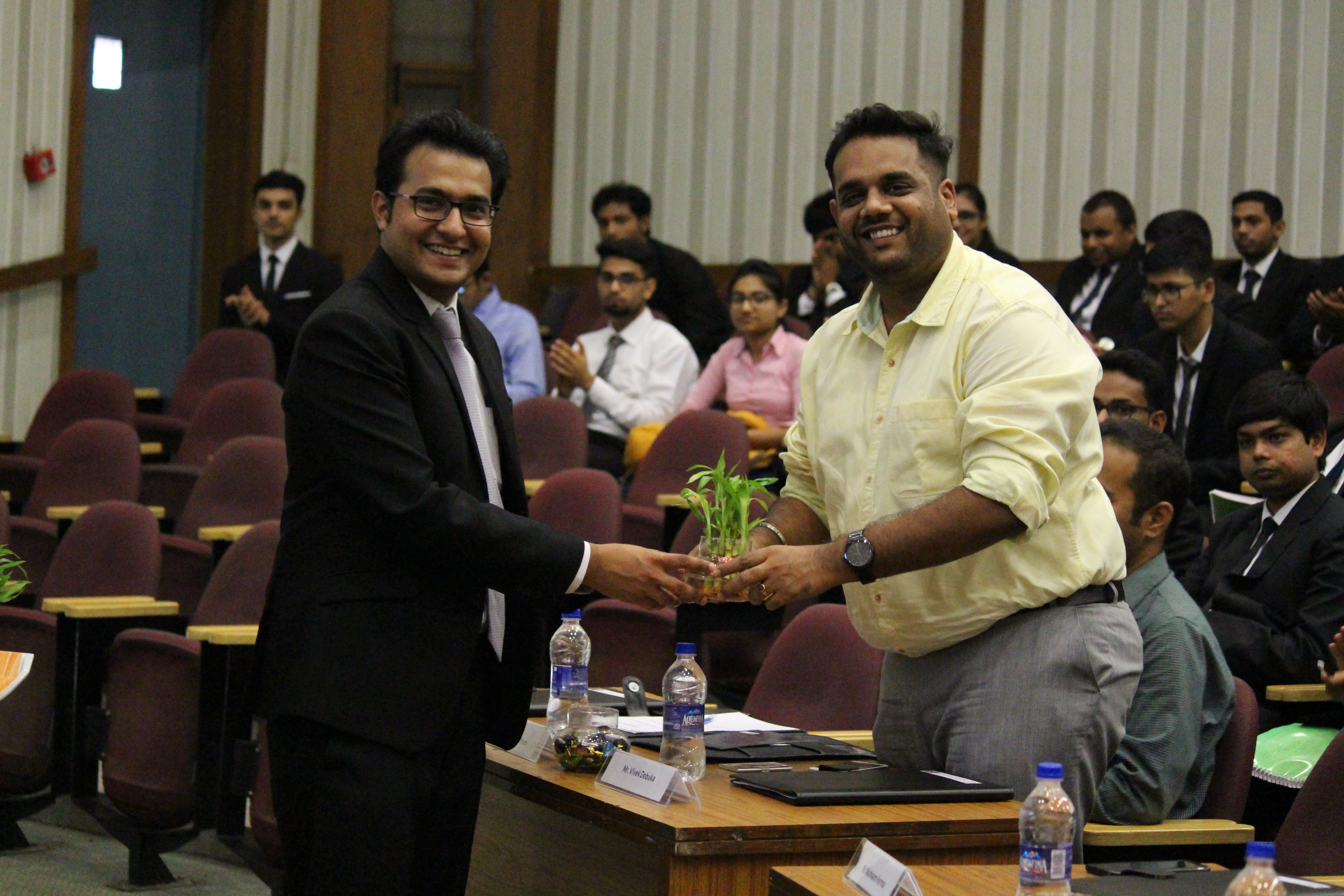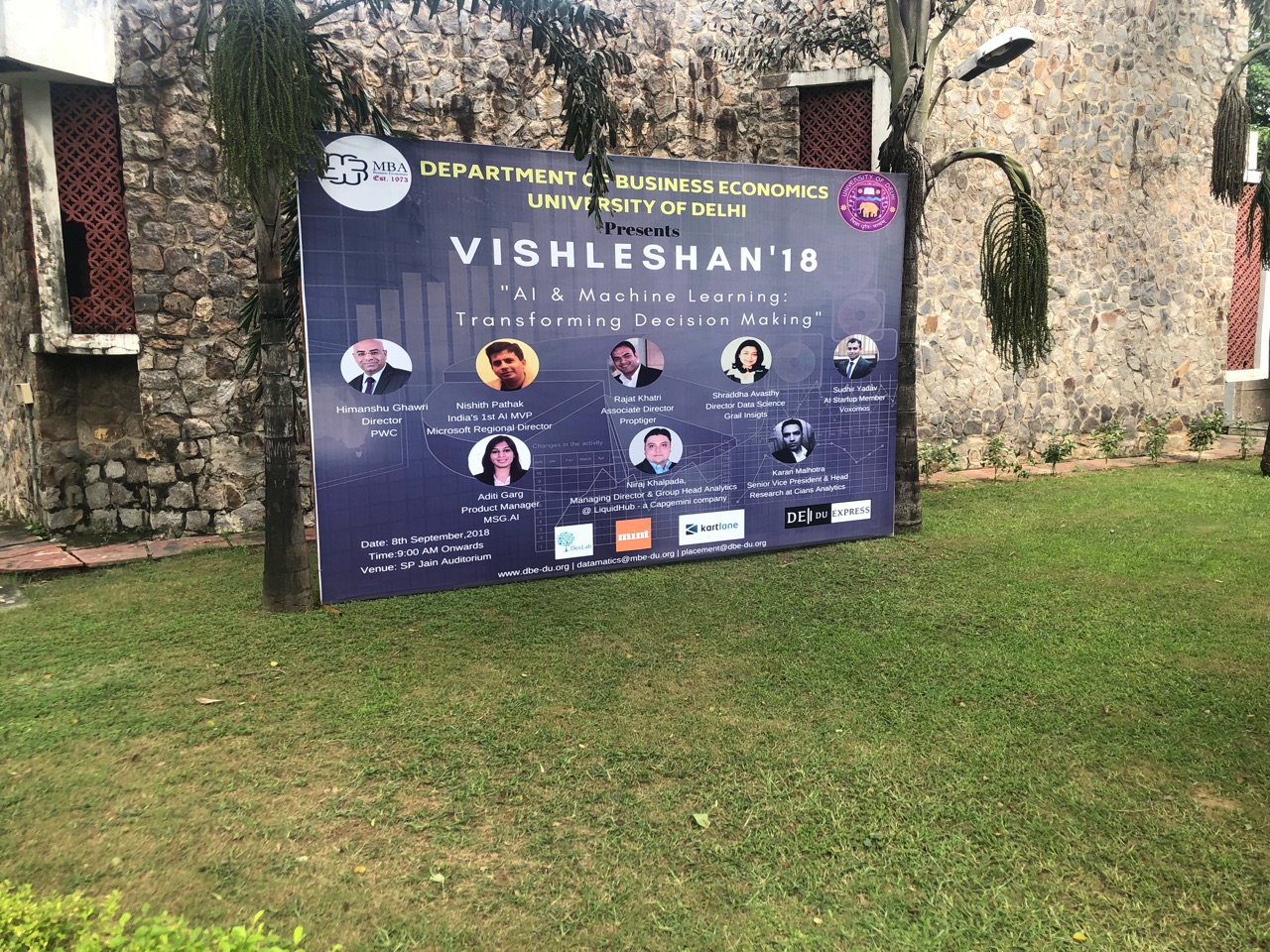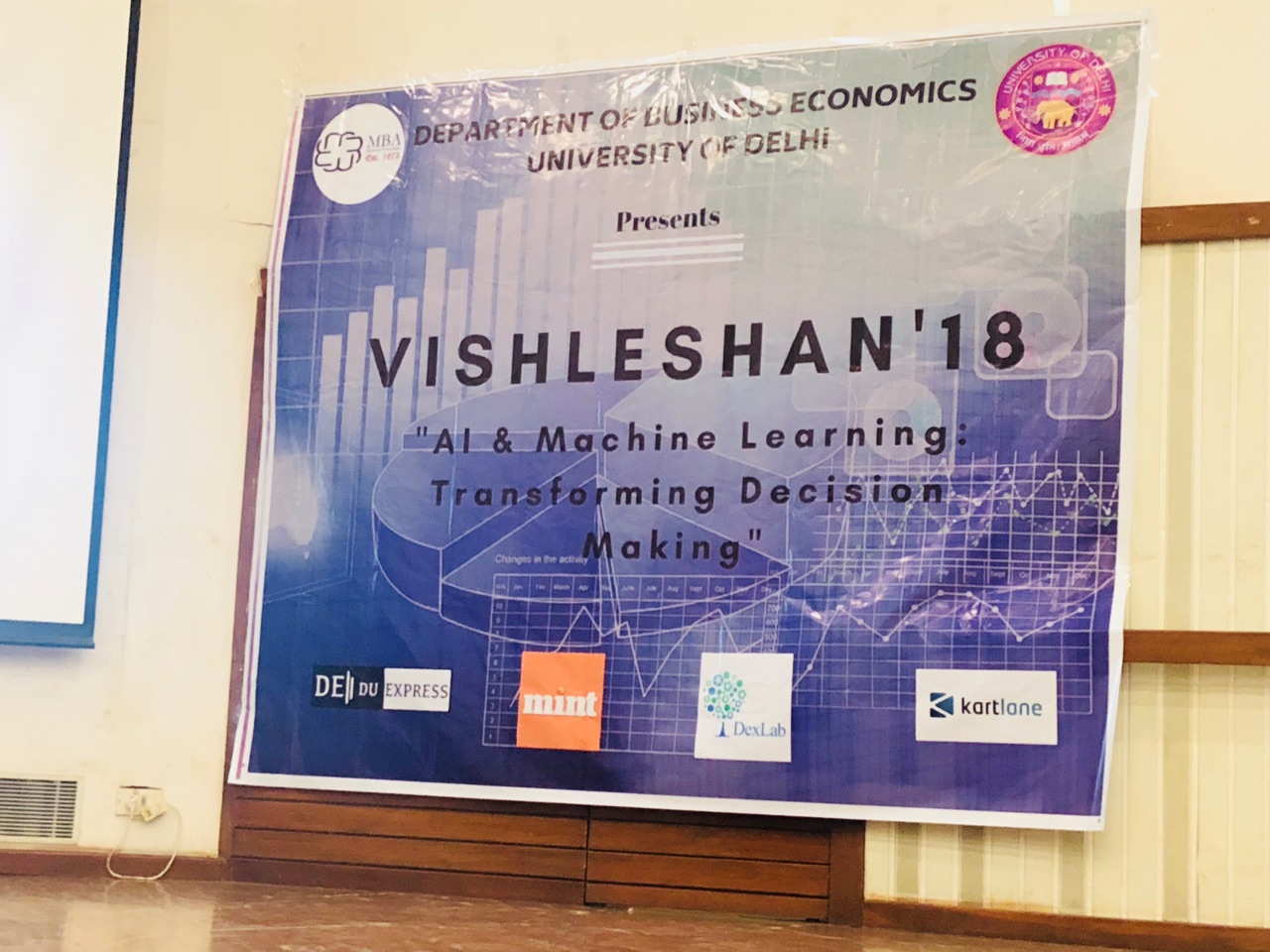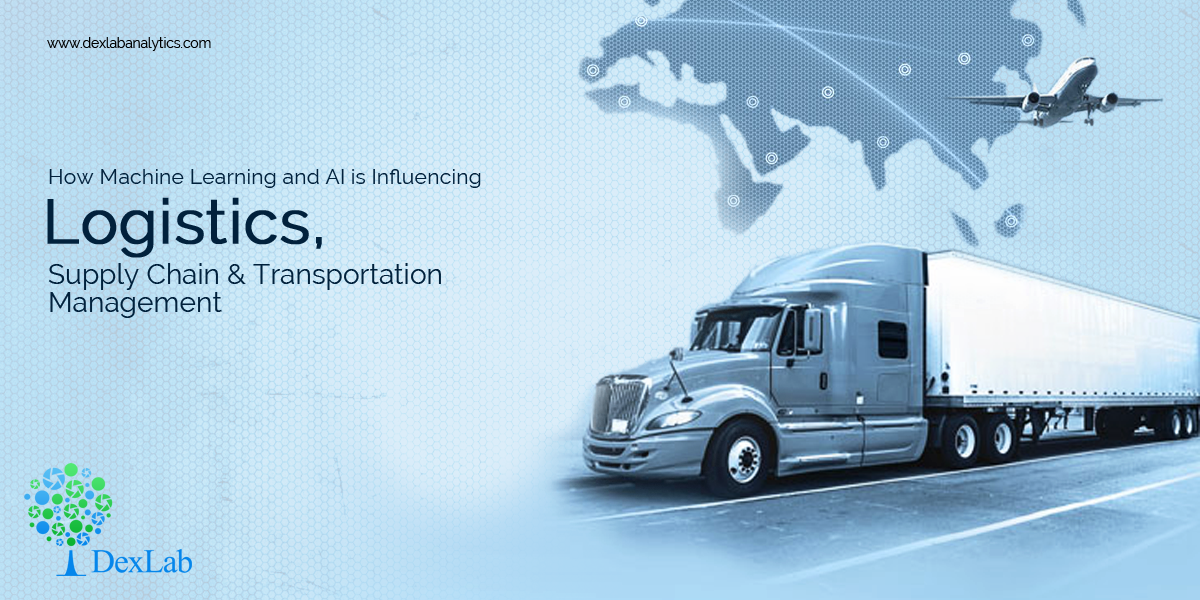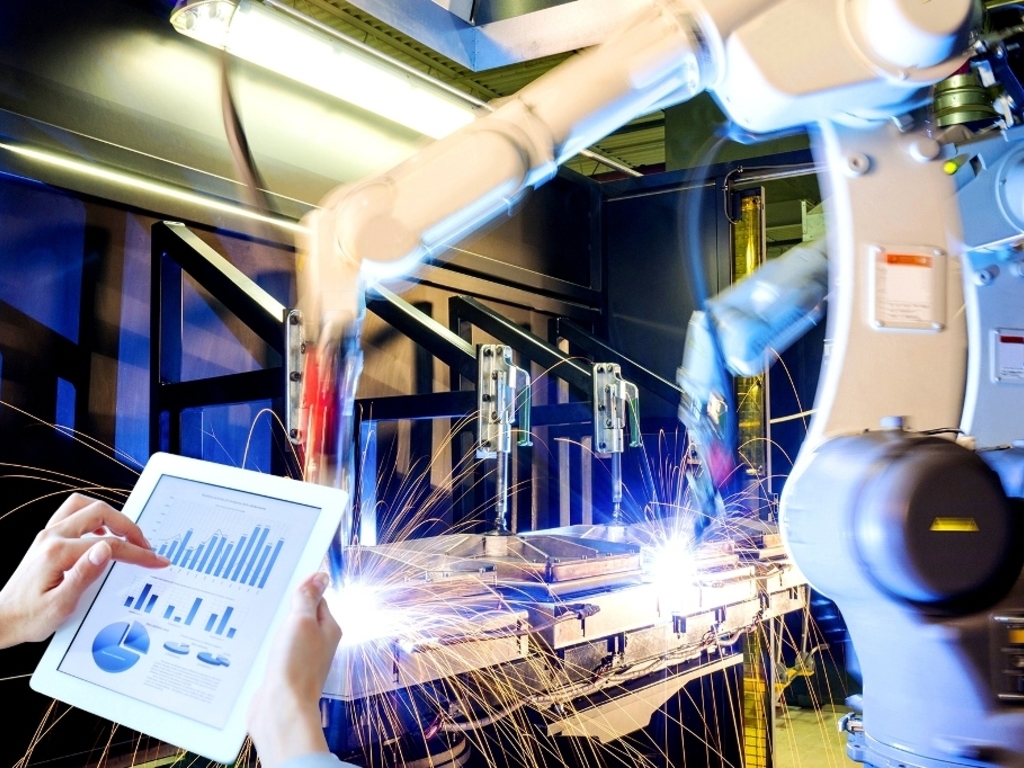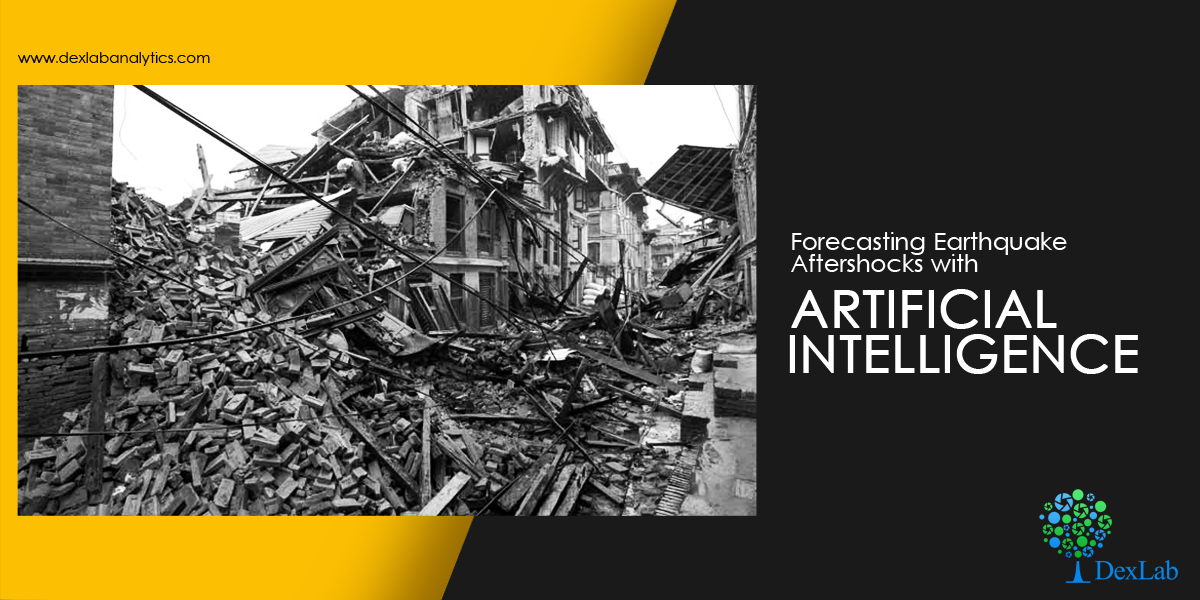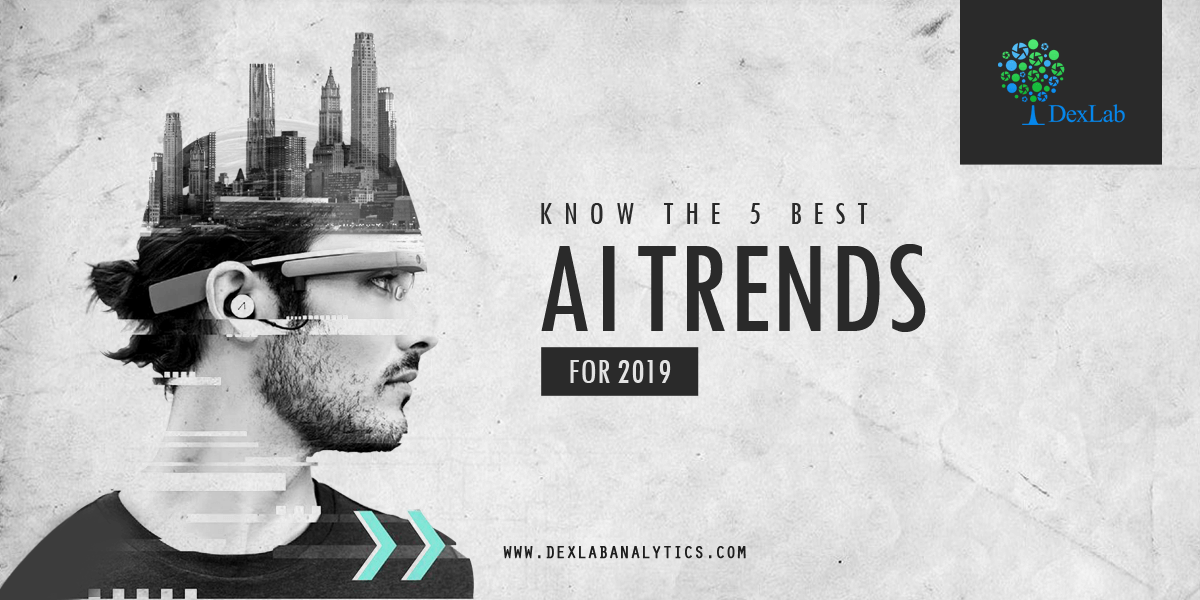
Artificial Intelligence is perhaps the greatest technological advancement the world has seen in several decades. It has the potential to completely alter the way our society functions and reshape it with new enhancements. From our communication systems to the nature of jobs, AI is likely to restructure everything.
‘Creative destruction’ has been happening since the dawn of human civilization. With any revolutionary technology, the process just speeds up significantly. AI has unleashed a robust cycle of creative destruction across all employment sectors. While this made old skills redundant, the demand and hence acquisition of superior skills have shot up.
The sweeping impact of AI can be felt from the fact that the emerging AI rivalry between USA and China is hailed as ‘The New Space Race’! Among the biggest AI trends of 2018 was China’s AI sector – it came under spotlight for producing more AI-related patents and startups compared to the US. This year, the expectations and uncertainties regarding AI both continue to rise. Below we’ve listed the best AI trends to look out for in 2019:
AI Chipsets
AI wholly relies on specialized processors working jointly with CPU. But, the downside is that even the most innovative and brilliant CPUs cannot train an AI model. The model requires additional hardware to carry out higher math calculations and sophisticated tasks such as face recognition.
In 2019, foremost chip manufacturers like Intel, ARM and NVidia will produce chips that boost the performance speed of AI-based apps. These chips will be useful in customized applications in language processing and speech recognition. And further research work will surely result in development of applications in fields of automobiles and healthcare.
Union of AI and IoT
This year will see IoT and AI unite at edge computing more than ever. Maximum number of Cloud-trained models shall be placed at the edge layer.
AI’s usefulness in IoT applications for the industrial sector is also anticipated to increase by leaps and bounds. This is because AI can offer revolutionary precision and functionality in areas like predictive maintenance and root cause analysis. Cutting edge ML models based on neural networks will be optimized along with AI.
IoT is emerging as the chief driver of AI for enterprises. Specially structured AI chips shall be embedded on majority of edge devices, which are tools that work as entry points to an entire organization or service provider core networks.
Upsurge of Automated ML
With the entry of AutoML (automated Machine Learning) algorithms, the entire machine learning subject is expected to undergo a drastic change. With the help of AutoML, developers can solve complicated problems without needing to create particular models. The main advantage of automated ML is that analysts and other professionals can concentrate on their specific problem without having to bother with the whole process and workflow.
Cognitive computing APIs as well as custom ML tools perfectly adjust to AutoML. This helps save time and energy by directly tackling the problem instead of dealing with the total workflow. Because of AutoML, users can enjoy flexibility and portability in one package.
AI and Cyber security
The use of AI in cybersecurity is going to increase by a significant measure because of the following reasons: (i) there a big gap between the availability and requirement of cybersecurity professionals, (ii) drawbacks of traditional cybersecurity and (iii) mounting threats of security violations that necessitate innovative approaches. Depending on AI doesn’t mean human experts in the field will no longer be useful. Rather, AI will make the system more advanced and empower experts to handle problems better.
As cybersecurity systems worldwide are expanding, there’s need to cautiously supervise threats. AI will make these essential processes less vulnerable and way more efficient.
Need for AI Skilled Professionals:
In 2018, it was stated that AI jobs would be the highest paying ones and big enterprises were considering AI reskilling. This trend has been carried over to 2019. But companies are facing difficulties trying to bridge the AI skills gap in their employees.
Having said that, artificial intelligence can do wonders for your career if you’re a beginner or advanced employee working with data or technology. In Delhi, you’ll find opportunities to enroll for comprehensive artificial intelligence courses. DexLab Analytics, the premier data science and AI training institute, offers advanced artificial intelligence certification in Delhi NCR. Check out the course details on their website.
Interested in a career in Data Analyst?
To learn more about Data Analyst with Advanced excel course – Enrol Now.
To learn more about Data Analyst with R Course – Enrol Now.
To learn more about Big Data Course – Enrol Now.To learn more about Machine Learning Using Python and Spark – Enrol Now.
To learn more about Data Analyst with SAS Course – Enrol Now.
To learn more about Data Analyst with Apache Spark Course – Enrol Now.
To learn more about Data Analyst with Market Risk Analytics and Modelling Course – Enrol Now.


